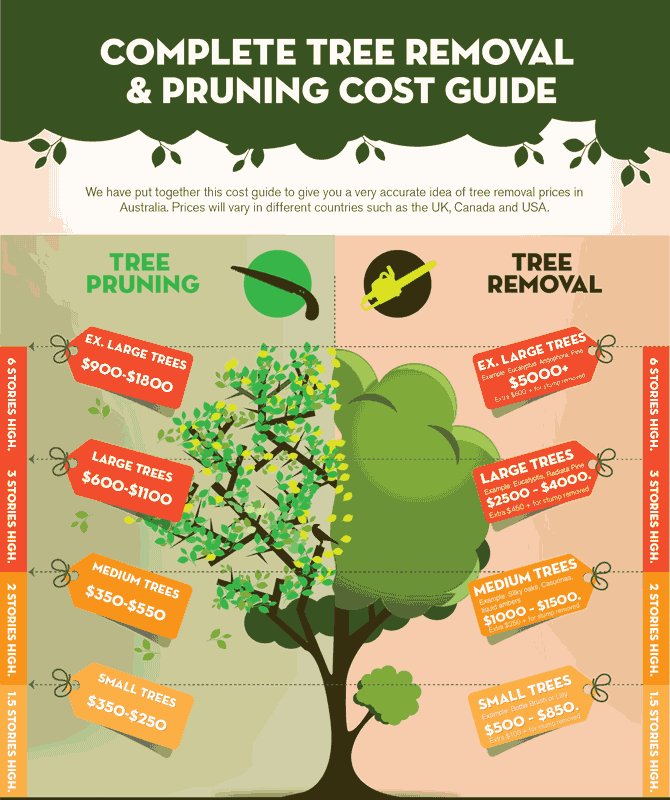Indicators It's Time To Get Rid Of A Tree - A Homeowner'S Guide
Indicators It's Time To Get Rid Of A Tree - A Homeowner'S Guide
Blog Article
Published By-Rollins Abrahamsen
Trees add elegance and value to building, but they can likewise pose a risk throughout severe weather condition events. If a tree has actually quit expanding, is exhibiting visible fungal development, or has a leaning trunk, it must be removed by an expert to stay clear of residential property damages and injury.
To read more, participate in a house owner source reasonable co-hosted by HPD, the Center for NYC Neighborhoods, and Brooklyn-based housing companions this evening in Bedford-Stuyvesant. The occasion will certainly feature the Homeowner Handbook, a brand-new guide to help property owners navigate the responsibilities of having a home.
1. Dead or Dying Branches
Trees are an essential part of your home's landscape, providing shade and beauty. They additionally offer shelter for wildlife and generate oxygen, however also healthy and balanced trees can experience health issue that might demand their removal. isa arborist exam or dying trees aren't simply undesirable, they can be dangerous. Their branches could fall throughout a tornado, bring about expensive residential property damage and injuries.
When a tree's branches begin to pass away, it means that its structure is starting to break down. If the majority of its branches are dead, it is likely time to remove it.
Seek an absence of new development, bark peeling, open wounds or dental caries, fungis expanding on the trunk or origins and a general appearance of degeneration in the entire canopy. These indications of infection can indicate a significant problem that will certainly call for specialist tree services to fix.
2. Leaning Trunk
While it's regular for trees to lean periodically as a result of phototropism, if a tree has a hazardous or serious lean that's not due to natural processes - maybe an indicator that the tree needs to be removed. If the tree is leaning toward a high-voltage line, home, vehicle, play structure or any other location that could be harmful to people if it falls, after that getting in touch with an expert tree service for removal need to be a top priority.
It's likewise vital to watch for any type of sudden changes in a tree's leaning as it can indicate damage to the origins or trunk that might bring about falling. This is especially real during thundercloud, since high winds and rain-soaked soil can trigger a lean to transform swiftly. Normal surveillance, especially during and after tornados can assist homeowners acknowledge potential troubles with their trees so they can call an arborist for an extensive examination.
3. Insect Invasion
Some pest invasions, such as wood-boring pests like emerald ash borer or sap-suckers like scale pests, are so severe that they can cause a tree to die. The very best means to stop pest infestation is to check your trees often. Look for areas, holes, or discolorations in the fallen leaves and bark. Examine the trunk for splits and signs of insect damage, such as passages or tracks.
If a tree comes to be as well infested with bugs, or is close to a home or high-voltage line, an arborist may recommend elimination. If a leaning tree establishes a new, unstable lean, an arborist will likely suggest removal also to make sure the security of individuals and residential property. If a damaged or dead tree consistently sheds excessive branches, it is a sign that it is time to eliminate the tree. If a tree remains to drop branches for a prolonged time period, it could cause architectural issues and possible residential property damages.
4. Damaged Trunk
Trees are a beautiful and vital part of our landscape, however they do require normal like keep them healthy and risk-free. If a tree is harmed irreparable it is likely time for it to come down.
Look for indicators of damages to the trunk, consisting of upright cracks, seams, dead branch stubs, noticeable wounds or open tooth cavities and severe tree-rot. The visibility of fungis at the base of the trunk is another alerting indicator. Fungis might suggest that the phloem and xylem (life-support tissues) are endangered, permitting the spread of condition or a future failing.
Also, consider whether the tree has stopped expanding. what's an arborist will certainly have brand-new growth yearly, which may show up as buds or branches growing and prolonging. If you do not see any type of new growth, it's an excellent concept to have an arborist assess the tree and follow their recommendation for elimination. A dying or harmed tree can fall and create home damages.